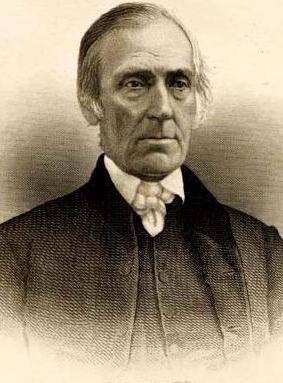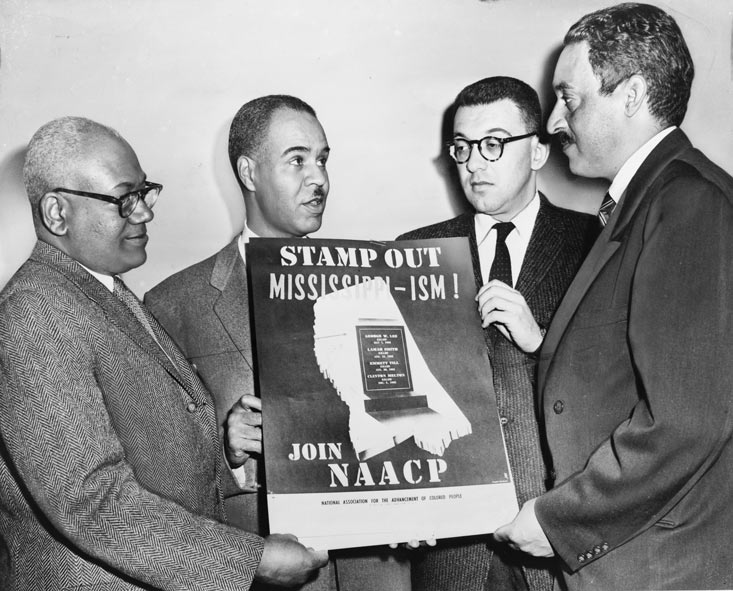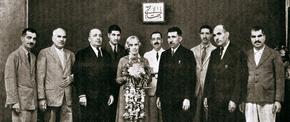The views expressed in our content reflect individual perspectives and do not represent the authoritative views of the Baha'i Faith.
As a teacher committed to the Baha’i principle of race unity, I developed and taught a class a while ago called “The Concept of Race’” designed to examine the history and effects of this problematic idea.
I asked a question that stumped some of my students: “What exactly is “race”?
In ancient times, it simply referred to a “people.” In the 1700s, however, scientists tried to categorize different “races,” without much agreement about how to do this. For example, the Swedish botanist and zoologist Carolus Linnaeus (1707-1778) subdivided humanity into four categories based on continent and skin color, while German naturalist and anthropologist Johann Friedrich Blumenbach (1752-1840) arrived at five categories – absurdly — based on skull size and shape. By the 19th century, European and American “race scientists” were insisting on genetic differences and different evolutionary origins for the “races.” They organized human beings hierarchically, with Europeans at the top and Africans at the bottom, a practice designed to justify colonialism and slavery.
In the 1960s, though, scientists writing on behalf of the United Nations released a series of statements disputing the validity of the entire concept of “race”. They argued that human populations differ from each other, but not enough to be considered different species or even subspecies. Furthermore, there have never been “pure” races; every population has a history of in-mixing with other populations. They also clearly stated that “All [people] living today belong to a single species, Homo sapiens, and are derived from a common stock” (1964).
If race is no longer a valid category, why worry about racial unity? — because we still face the de facto problem of racial disunity. In the US, for example, the genocide of Native Americans, manifest destiny, slavery, Jim Crow, Chinese Exclusion Acts, and Japanese internment continue to have social, political, economic, and psychological after-effects. In the US, we’re still witnessing and suffering from these after-effects, which include racialized violence, cross-cultural conflicts, economic injustice, and fierce disagreements about social policy regarding “race.”
Various factors have mitigated these problems to some extent. They include intellectual factors such as the deconstruction of racist ideas and categories. Immigration, intermarriage, multiracialism, multiculturalism, and globalization are also having an important impact on attitudes about “race” around the world. Religion at its best can also serve to bind together people divided by the concept of “race” by affirming that all human beings are members of one family and that “racial” divisions are illusory.
Inter-ethnic work for racial unity is not a new invention. In his 1993 book Racial Unity: An Imperative for Social Progress, Baha’i historian Richard W. Thomas distinguishes two traditions in American race relations. One is “the long and terrible overshadowing tradition of racism and racial conflict”. The other tradition “has embodied the best of American thinking and vision concerning a multiracial society”.
Scholars often ignore this second tradition, but it has nonetheless contributed to major historical changes in the US. For example, many Quakers criticized the institution of slavery, abolished it amongst themselves, participated in educating African American children, protested the treatment of Native Americans, and supported the Underground Railroad. Despite conflicts between black and white Abolitionists, they nonetheless worked together in the anti-slavery movement of the mid-1800s. During the American Civil War, black soldiers and white officers in the Union army formed an inter-ethnic alliance of sorts, despite racism on the part of many white officers.
During the Reconstruction period (1865-77) after the Civil War, many Northern blacks and whites went to the South to provide economic assistance and education to former slaves. In 1910, an inter-ethnic committee formed the National Association for the Advancement of Colored People (NAACP), which focused on civil and political rights for African Americans. The National Urban League and the Congress of Racial Equality (CORE) worked to uplift black workers, improve race relations, and end discriminatory policies. From the 1950’s to the 1970’s, black and white NAACP lawyers and protesters worked together for racial justice. Despite disagreements over the role of whites in black organizations, there was also more cooperation than at any other time in US history.
Since the 1970s, numerous inter-ethnic organizations have worked for justice, cooperation, and unity, including the Southern Poverty Law Center (Alabama), Focus Hope (Detroit), the Council on Interracial Books for Children (New York), the Interracial Family Alliance (Houston), Race Traitor (Massachusetts), and the Baha’i Faith (worldwide).
Indeed, “race unity” is a foundational Baha’i principle. In practice, this means Baha’is work with organizations that promote race unity, support efforts for cross-cultural understanding, affirm intermarriage, and encourage appreciation of religious and cultural diversity. Baha’u’llah strongly proclaimed the oneness of humanity:
O humankind! Verily, ye are all the leaves and fruits of one tree; ye are all one. Therefore, associate in friendship; love one another; abandon prejudices of race…. For thousands of years ye have been contending in warfare and strife. It is enough. Now is the time for unity. – The Promulgation of Universal Peace, p. 322
We have seen some progress in this area over time, but there’s still much to be done to make this spiritual principle a reality.
You May Also Like
Comments





















as you suggest, probably had more to do with language and cultural
groupings of people. Certainly the effects of real those distinctions
persist. Within the "great melting pot" of the United States there are
innumerable pesky groups that do not want to be melted into some
consistent, drab alloy. This is where the allusion to the beauty of the
colorful flower garden is most important. Enjoy the diversity of color,
culture and language and help each strain and combination of traits to ...
flourish. That is the requirement of education today.